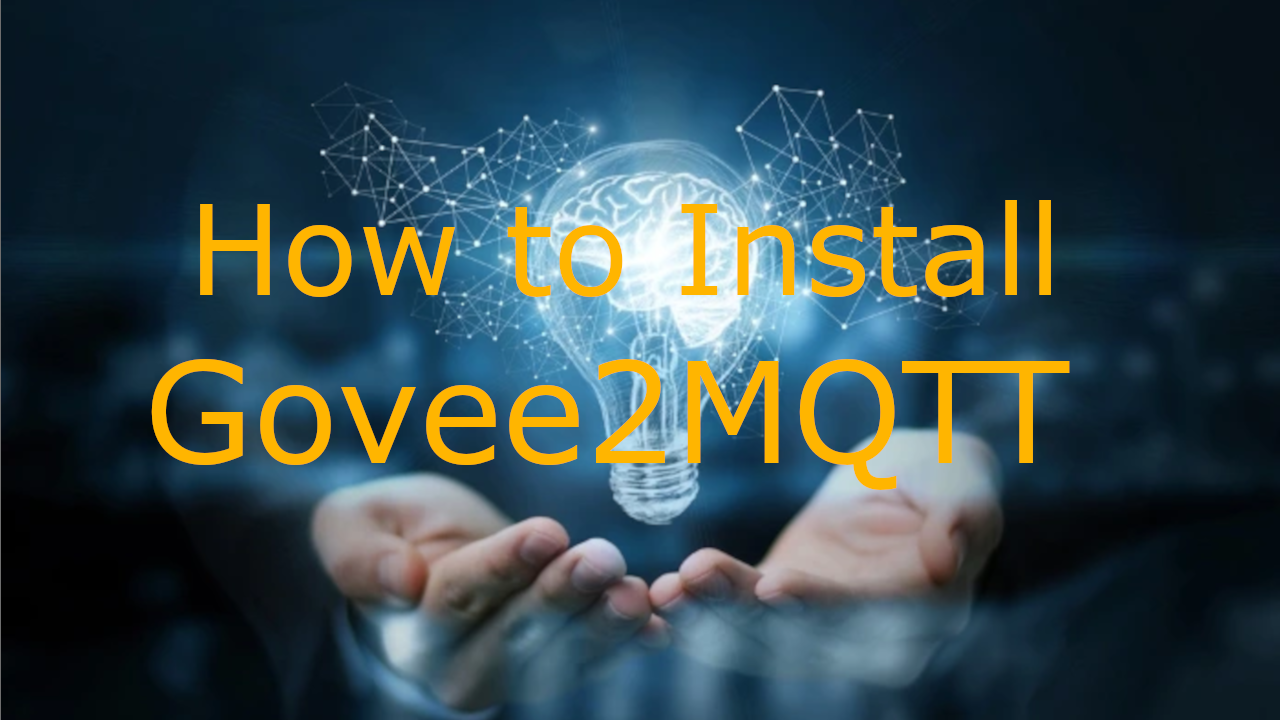Control Your Govee Devices with Govee2MQTT (As of 7/16/25)

Govee2MQTT is currently the best way to control your Govee devices. You’ll need an MQTT server for it to work. In this post, I’ll focus on how to integrate it with Home Assistant.
One awesome feature? Govee2MQTT even controls my smart kettle—so my coffee is ready when I wake up. That alone makes it worth it!
🛠️ Steps to Set It Up
Step 1: Install MQTT (if you don’t have it already).
Step 2: In Home Assistant, go to Settings and enable Advanced Mode (found under your user profile).
Step 3: add-ons and Install mactomqtt.
Step 4: Go to the Govee2MQTT GitHub page and copy the repository URL.
Step 5: In Home Assistant:
- Go to Settings > Add-ons > Add-on Store
- Click the three-dot menu (⋮) in the top right
- Choose Repositories
- Paste the Govee2MQTT URL
Step 6: After adding the repo, install the Govee2MQTT add-on. You’ll need your Govee account email, password, and API key.
💡 How to get your API key:
Open the Govee app, go to Account > Settings, look for “API Key,” and tap it. You’ll be prompted to provide a reason—enter something like “Home Assistant.” The key will then be generated for you.
Step 7: Click Start on the add-on. If you have a lot of devices, give it a few minutes to fully load and connect.
🤔 What About Matter?
Yes, Matter is out—and if your Govee device supports it, you can add it directly to Home Assistant. But let’s be honest: Matter still isn’t widely adopted, and many devices don’t support full control like lighting effects or animations yet.
Matter might become the standard eventually, but it’s not there yet. Until then, Govee2MQTT is your best bet for full-featured control.